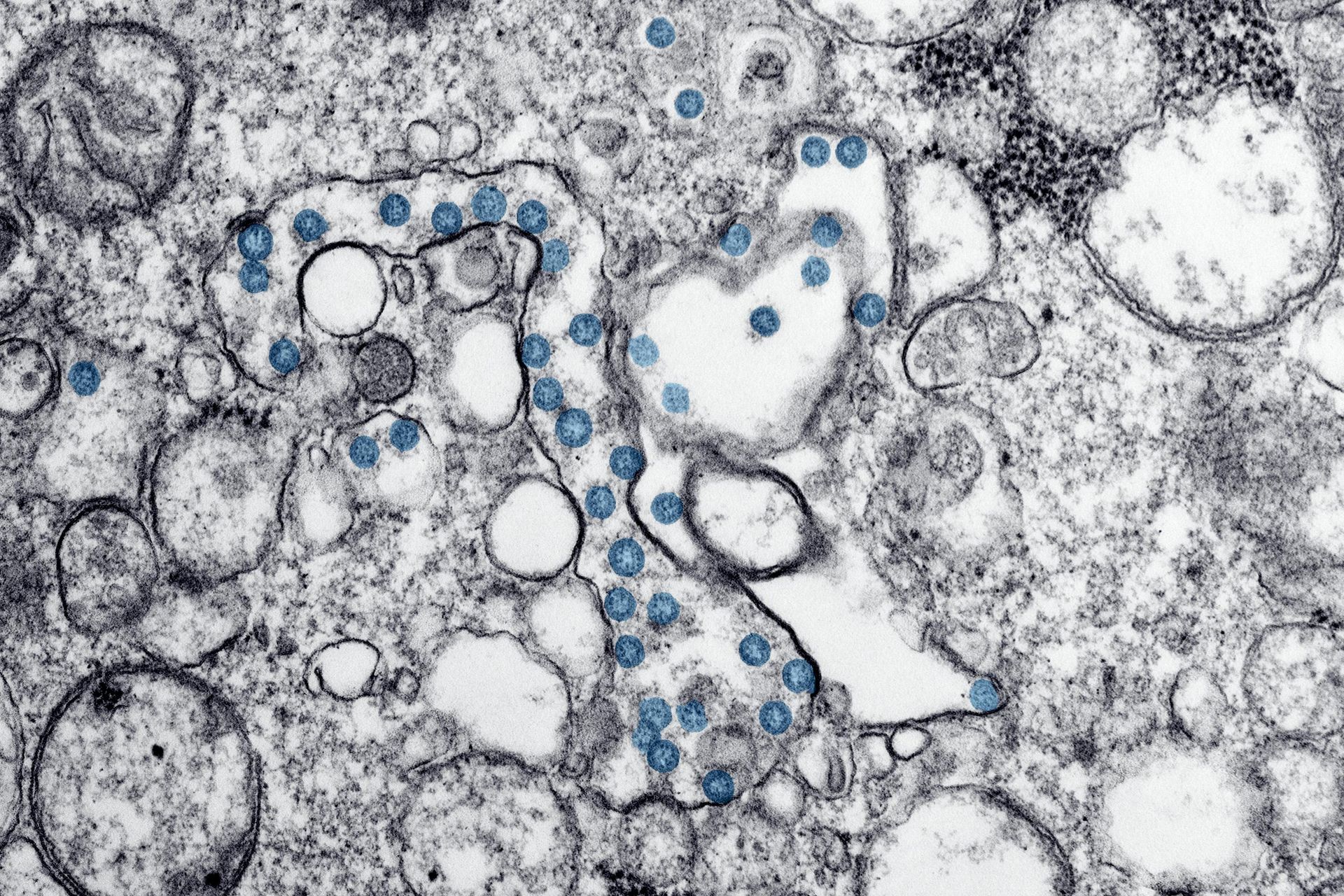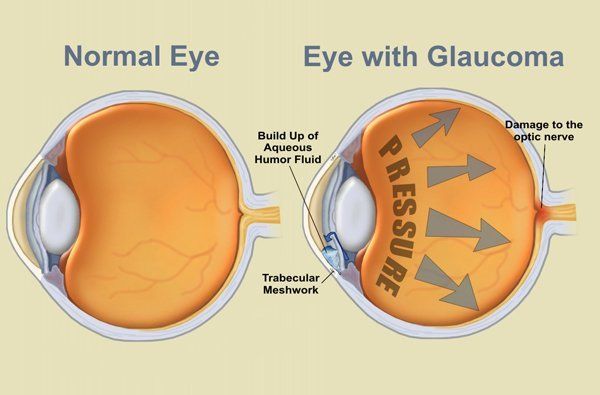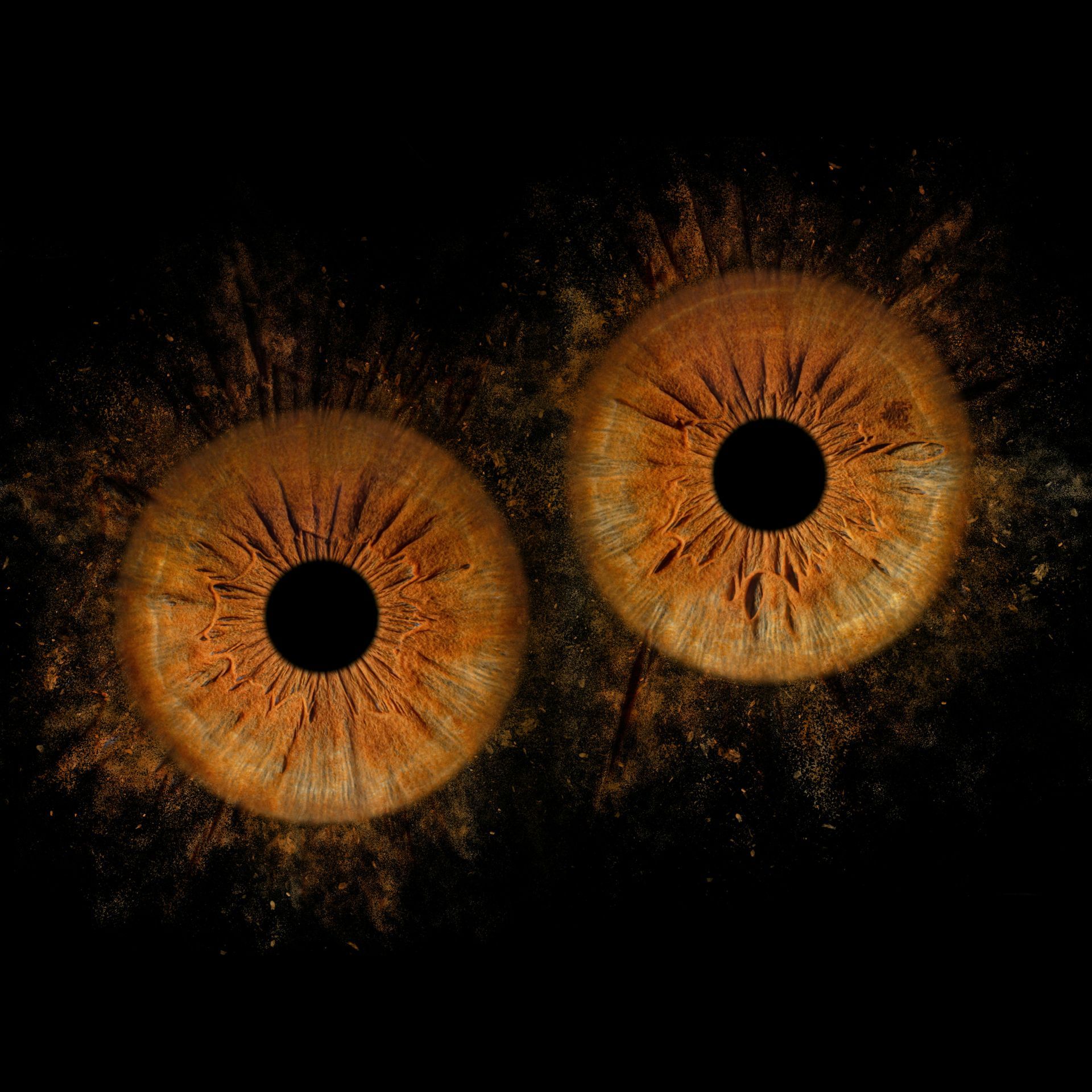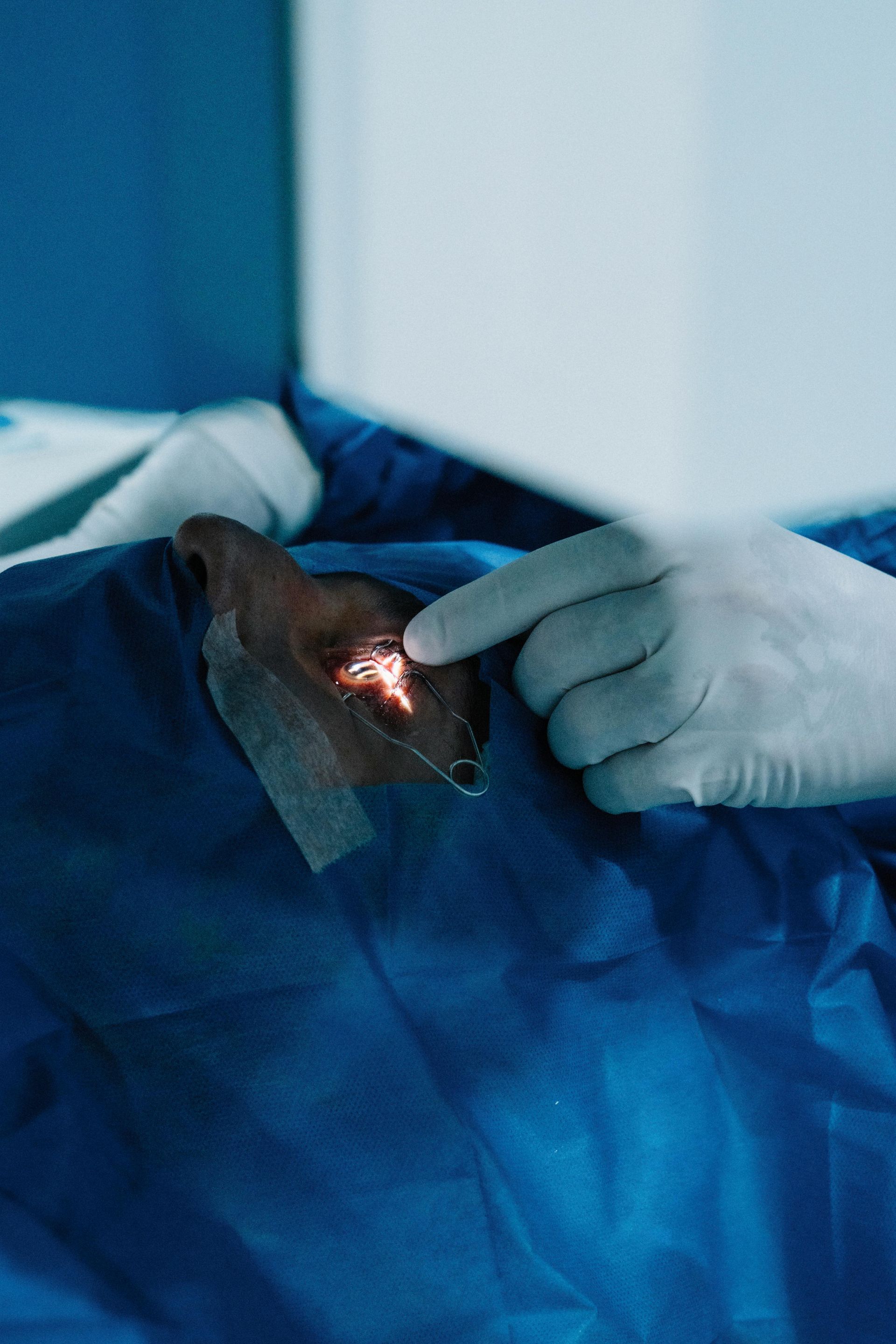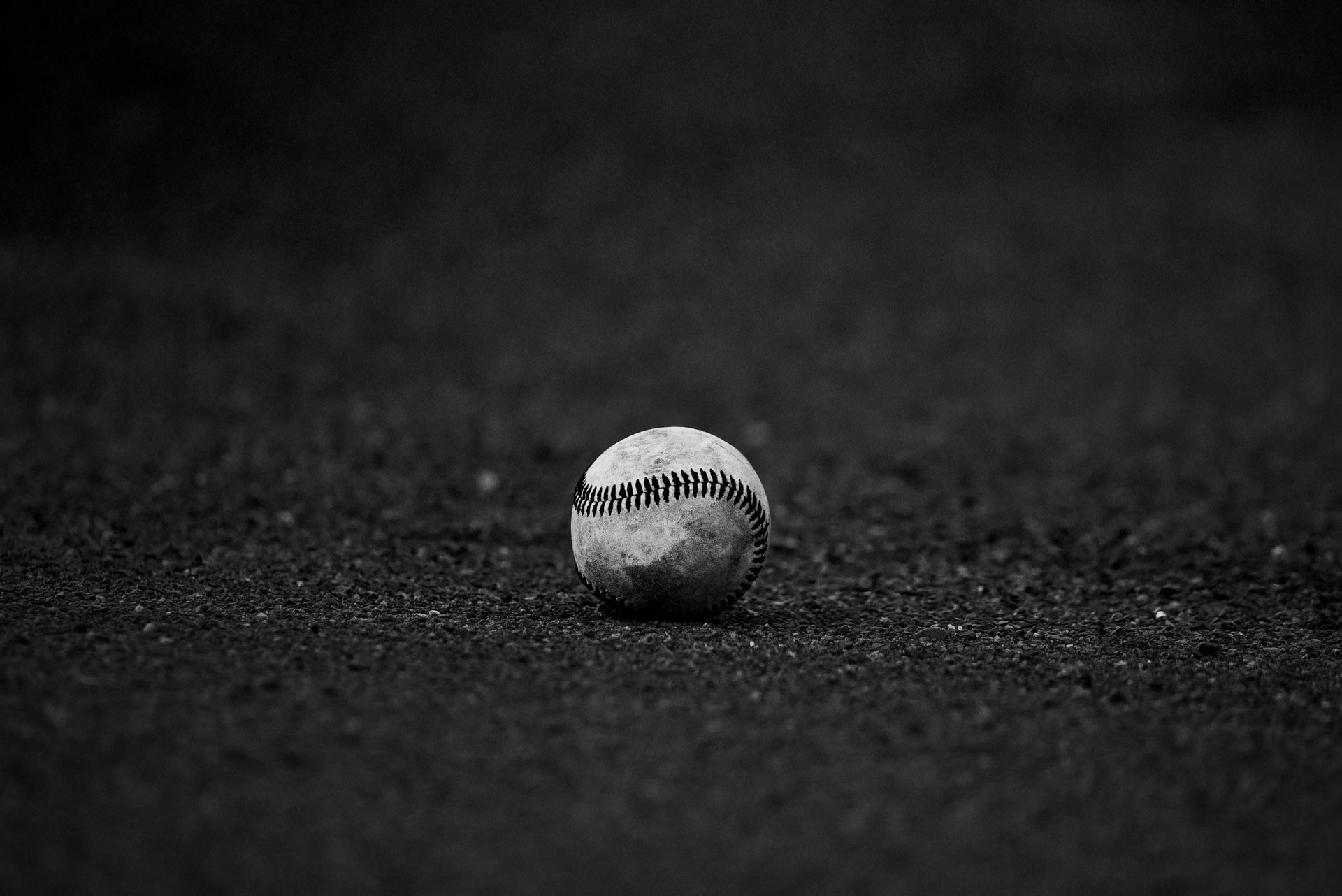Let it snow, let it snow.

Blog vol 2. 35. Let it snow, let it snow.
Boy, the people in the GTA (Greater Toronto Area) got walloped with a tonne of snow this past Monday. In Toronto, major highways were totally closed as 36 cm dropped on the city in a 24 hour period. The last time we saw that much snow was 23 years ago on January 2nd, 1999, when 40 cm fell and the mayor, Mel Lastman, called in the Canadian Forces to help with the clean-up. Closer to home, Redeemer University’s Soccer Dome collapsed under the unprecedented weight, fortunately no casualties.
So….today’s topic is snow: snow in the eye. How can it snow in the eye? There is a rare condition that can occur to the eye called snowbanking and snowball formation. It has nothing to do with winter and the cold, but results from inflammation of the Pars Plana, as pictured:
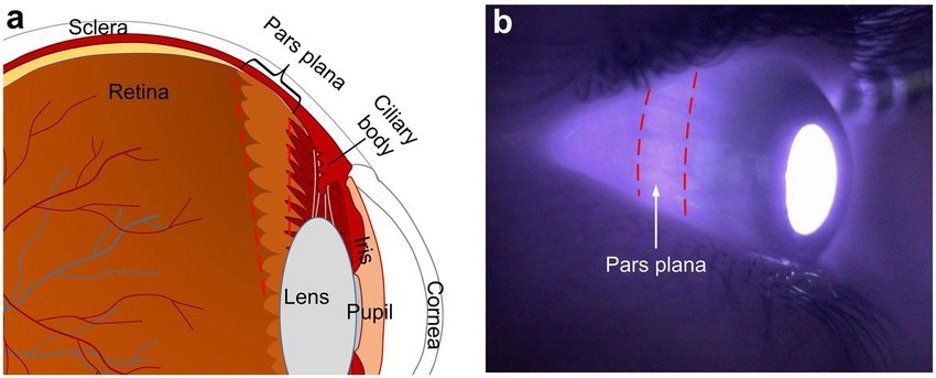
Pars plana is a layer just behind the ciliary body that sits between the sclera and the retina. When this area and the overlying vitreous gets inflamed, proteins or cells leak out and form what looks like snow in the eye. The patient will experience a variety of floaters in their vision and will also have a sore red eye. The resulting snow is not dangerous, but the disease process can result in optic nerve swelling, macular edema and/or even glaucoma, which can be devastating. Pars planitis usually occurs in children or adolescents. So, as a parent, watch for eye redness and pain and development of floaters. Have them seen immediately at your optometrist or the local emergency department.
The other condition that reminds me of snow is your more routine floaters, which most people have. For lots of people the eye is like a snow globe. Try standing on your head and then quickly turning your head back up straight, and you will see the most fantastic floating formations. Closing your eyes and moving the eye from side to side will get you the effect you are looking for. These floaters, unless they are new or unusually visible, are quite routine, and result from the normal process of vitreous change over time.
Have fun shovelling out, and spend some time with your kids and grandkids playing in the snow,
the good doctor, Dr. Mark Germain, Burlington optometrist

